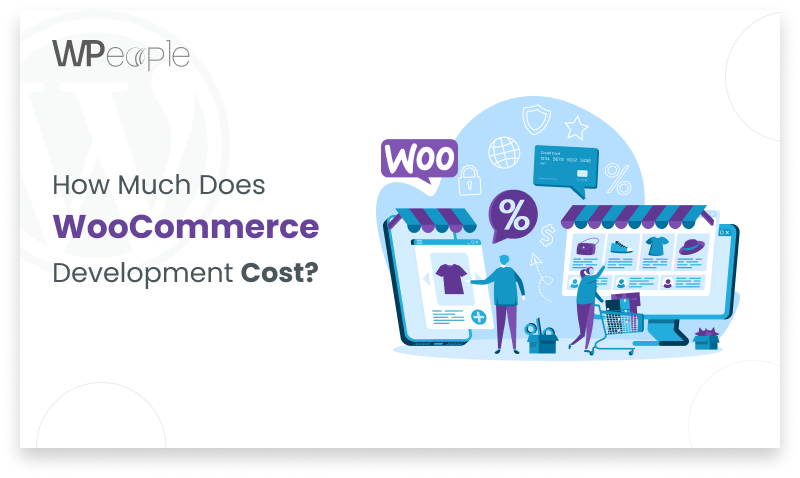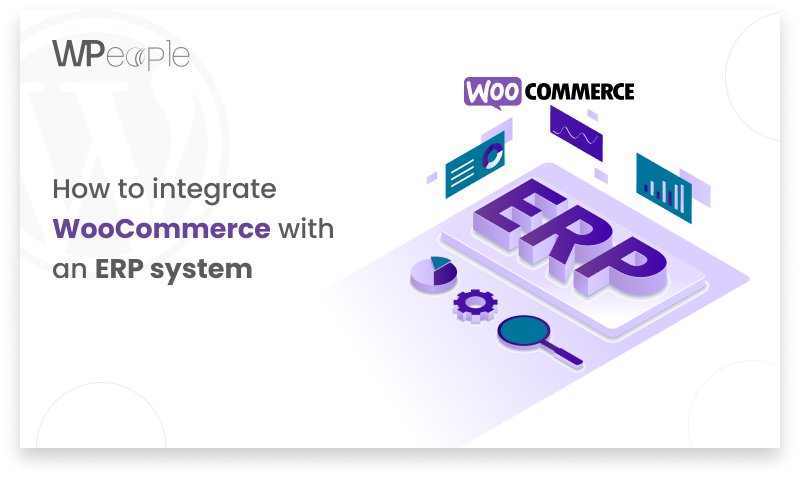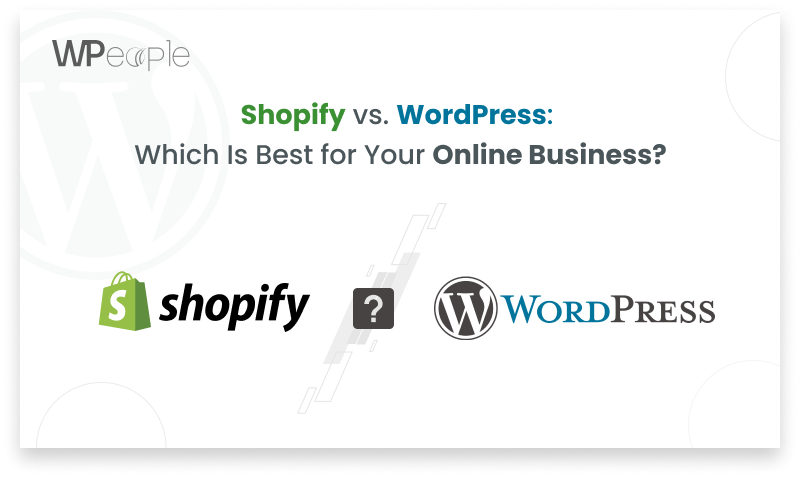
The WooCommerce Payment Gateway API is an essential tool for developers seeking to integrate payment gateways into their WooCommerce stores. This API enables developers to create payment gateways that can added through conventional plugins.
To initiate the development or integration of the WooCommerce Payment Gateway, developers can refer to the WooCommerce Payment Gateway API documentation to understand the various types of payment gateways and how to create them.
The documentation covers everything from comprehending WooCommerce Payment Gateway integration to working with the WooCommerce API and following security best practices. In addition, developers can find details on how to test their payment gateway plugin and how to obtain documentation and support.
Understanding WooCommerce Payment Gateway
Overview
WooCommerce is a popular e-commerce plugin for WordPress that allows businesses to sell their products and services online. Payment gateway integration is a critical aspect of any e-commerce platform, and WooCommerce offers a wide range of payment gateway options to meet the diverse needs of online businesses.
A payment gateway is a service that authorizes credit card, Debit Card, and Net Banking payments and processes them securely between the customer and the merchant. WooCommerce supports several payment gateways, including form iFrame-based and direct gateways.
Getting Started with WooCommerce Payment Gateway
WooCommerce is a powerful e-commerce plugin for WordPress that allows developers to create custom payment gateways. This section will cover the basics of getting started with WooCommerce Payment Gateway Development.
Prerequisites
- Require a good understanding of PHP, WordPress, and WooCommerce.
- Development environment set up with a local server, such as XAMPP or WAMP.
- Require a basic knowledge of how payment gateways work and the different types of payment gateways.
Setting Up a Development Environment
To set up a development environment for WooCommerce Payment Gateway Development, follow these steps:
- Download and install the latest version of WordPress from the official website.
- Install the WooCommerce plugin from the official WordPress plugin repository.
- Local server setup, such as XAMPP or WAMP, to run their development environment.
- Select the payment gateway and activate the payment gateway plugin from the WooCommerce store or Payment Gateway integration section.
OR
- You can create a custom payment gateway plugin using the WordPress Plugin Boilerplate or from scratch.
By following these steps, you can set up a development environment for WooCommerce Payment Gateway Development and start creating custom payment gateways for their clients.
Importance Points to do Seamless Integration
Choose the Right Payment Gateway: Selecting the appropriate payment gateway is crucial for smooth transactions. Consider transaction fees, supported countries, and features to find the best fit for your business.
Review Documentation: Thoroughly examining the payment gateway’s documentation provides insights into its API integration, ensuring a seamless development process.
Ensure WooCommerce Compatibility: Confirming compatibility between your chosen payment gateway and WooCommerce guarantees smooth integration and transaction processing.
Test Environment Setup: Setting up a testing environment allows you to simulate transactions and identify potential issues before going live.
Secure API Keys and Credentials: Protecting API keys and credentials ensures the security of sensitive information, preventing unauthorized access to payment data.
Implement SSL Certificate: Installing an SSL certificate encrypts data transmitted during transactions, safeguarding customer information and enhancing trust.
Handle Transaction Responses: Developing logic to handle transaction responses effectively ensures users receive appropriate feedback, enhancing their experience.
Error Handling and Logging: Robust error handling mechanisms capture and log errors encountered during transactions, facilitating prompt resolution and improving user satisfaction.
Test Across Devices and Browsers: Testing payment gateway integration across various devices and browsers ensures compatibility and a consistent user experience.
Implement Webhooks for Real-time Updates: Utilizing webhooks provides real-time notifications of payment status changes, keeping order information up-to-date and enhancing customer communication.
Optimize Checkout Flow: Streamlining the checkout process reduces friction and enhances user satisfaction, leading to increased conversions.
Performance Optimization: Optimizing website performance ensures fast and reliable payment transactions, enhancing user experience and satisfaction.
Monitor and Analyze Transactions: Regular monitoring and analysis of transaction data provide insights into trends and anomalies, facilitating optimization for improved performance.
Provide Customer Support and Documentation: Offering comprehensive documentation and support resources assists users in troubleshooting issues and understanding the payment process, enhancing their experience and confidence in your platform.
Important Ponit for Security Best Practices
Secure Storage of Credentials: Store API keys, secret tokens, and other sensitive credentials securely. Avoid hardcoding them in your code and utilize secure methods like environment variables or encrypted storage.
Data Encryption: Encrypt sensitive data, such as payment information and customer details, during transmission and storage. Utilize SSL/TLS encryption to protect data in transit and implement encryption for data at rest.
Secure Authentication: Implement strong authentication mechanisms for user access to the payment gateway. Use multi-factor authentication (MFA) where possible to add an extra layer of security.
Input Validation and Sanitization: Validate and sanitize all user inputs to prevent injection attacks, such as SQL injection and cross-site scripting (XSS). Use built-in WordPress functions like sanitize_text_field() and esc_html() for sanitization.
Limited Access Controls: Restrict access to payment gateway APIs and sensitive functions to authorized users only. Implement role-based access controls (RBAC) to ensure that users have appropriate permissions.
Regular Security Audits: Conduct regular security audits of your WooCommerce setup, including the payment gateway integration. Identify and address any vulnerabilities or weaknesses promptly.
Security Patches and Updates: Stay updated with security patches and updates provided by WooCommerce, WordPress, and the payment gateway provider. Apply patches promptly to mitigate known security risks.
Secure Development Practices: Adhere to secure coding practices and follow WordPress coding standards. Avoid insecure coding patterns, such as hardcoding credentials or using deprecated functions.
Logging and Monitoring: Enable logging and monitoring features to track user activity, system events, and potential security incidents. Monitor logs regularly for suspicious behavior and unauthorized access attempts.
Third-Party Integrations: Evaluate the security practices of third-party plugins and extensions used in conjunction with WooCommerce. Choose reputable plugins from trusted sources and keep them updated to minimize security risks.
Regular Backups: Implement regular backups of your WooCommerce database and files to ensure data availability and integrity in case of security incidents or data loss.
Incident Response Plan: Develop an incident response plan outlining procedures for detecting, responding to, and recovering from security breaches or incidents. Ensure that relevant stakeholders are aware of their roles and responsibilities.
Compliance Standards: Ensure compliance with relevant security standards and regulations, such as PCI DSS (Payment Card Industry Data Security Standard) and GDPR (General Data Protection Regulation), to protect customer data and avoid legal repercussions.
Do you want to develop a plugin for the WooCommerce Payment Gateway?
Conclusion
The WooCommerce Payment Gateway is a powerful tool for e-commerce businesses looking to streamline their payment processing. With a wide range of payment gateway options available, businesses can choose the one that best suits their needs and preferences. The API is easy to use and flexible, allowing businesses to customize their payment processing to meet their unique needs.
One of the key benefits of the WooCommerce Payment Gateway API is its security features. The API is designed to protect businesses and their customers from fraud and other security threats. It includes features such as SSL encryption, two-factor authentication, and fraud detection algorithms to ensure that payment transactions are secure and reliable.
Another advantage of the WooCommerce Payment Gateway API is its ease of integration with other systems. The API is designed to work seamlessly with a wide range of third-party systems, including accounting software, shipping platforms, and marketing tools. This makes it easy for businesses to manage their payment processing and other business operations from a single platform.
Overall, the WooCommerce Payment Gateway API is an excellent choice for businesses looking for a reliable, secure, and flexible payment processing solution. With its wide range of features and easy integration with other systems, it is an ideal choice for businesses of all sizes and industries.
Consult with Our WordPress Experts On:
- WooCommerce Store
- Plugin Development
- Support & maintenance




